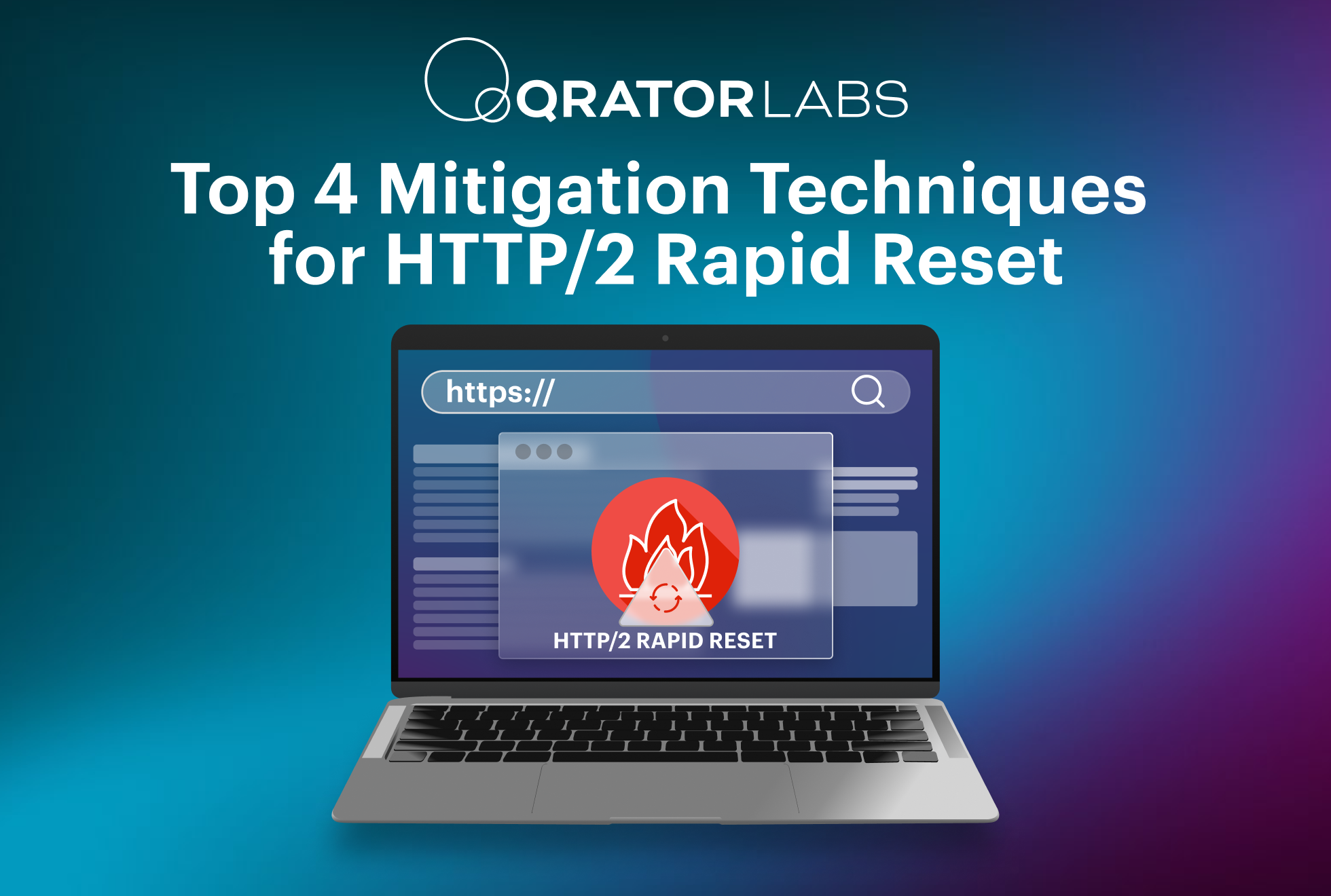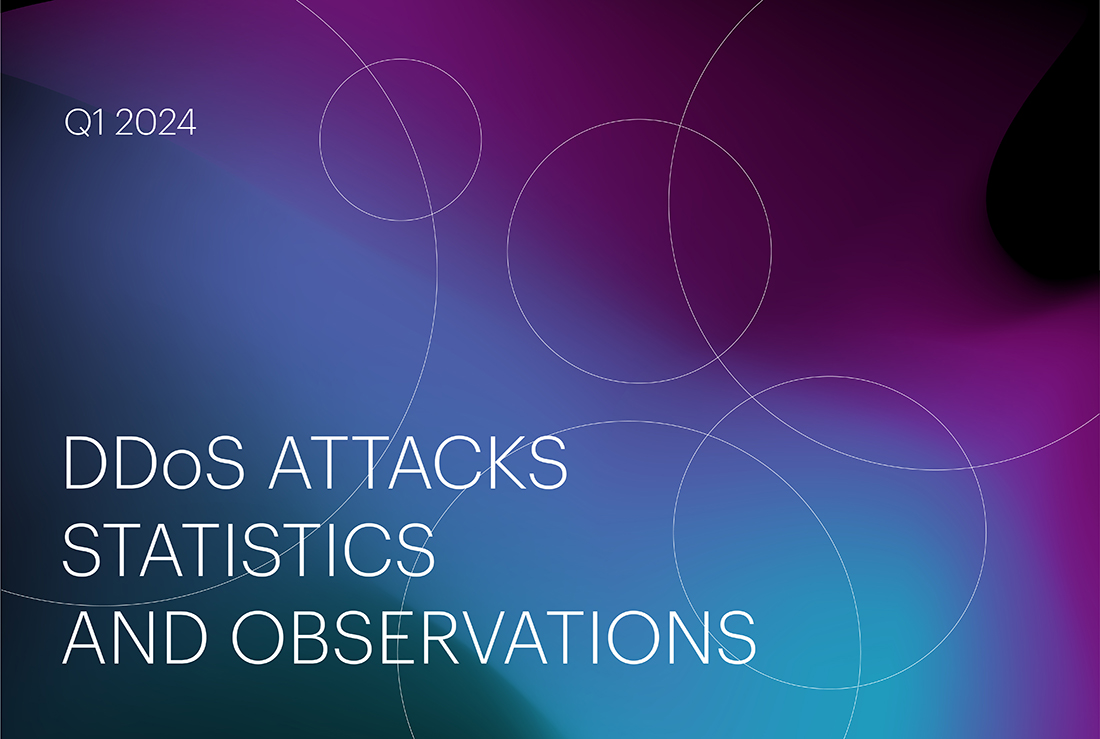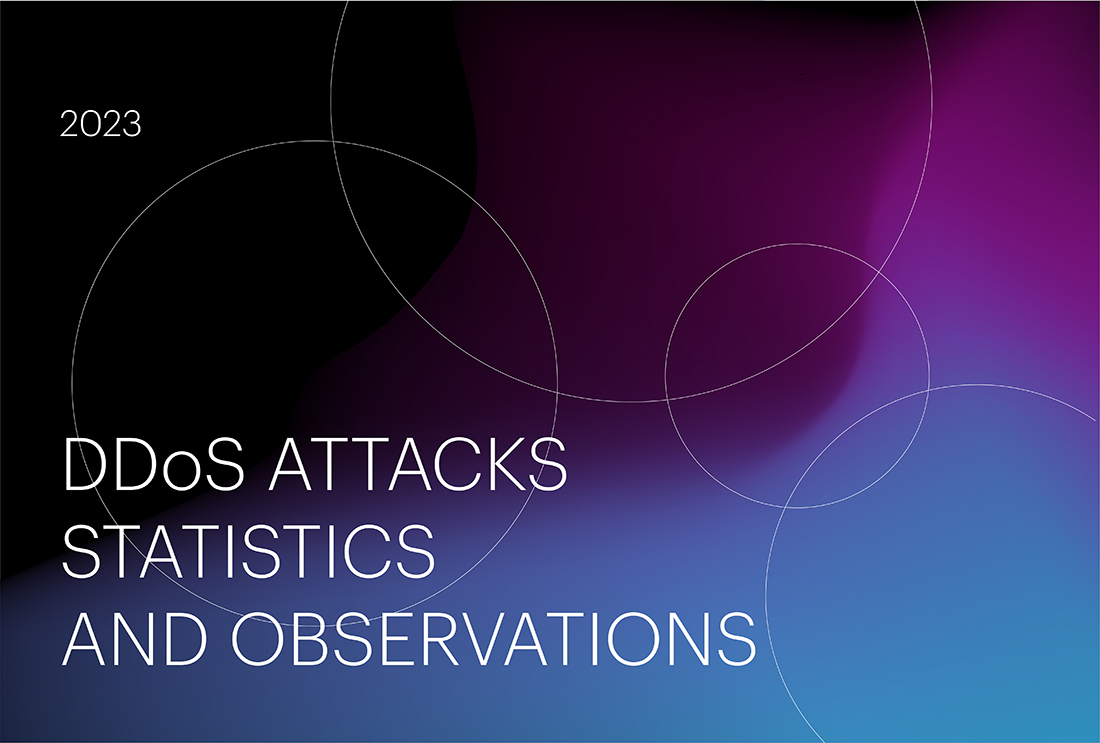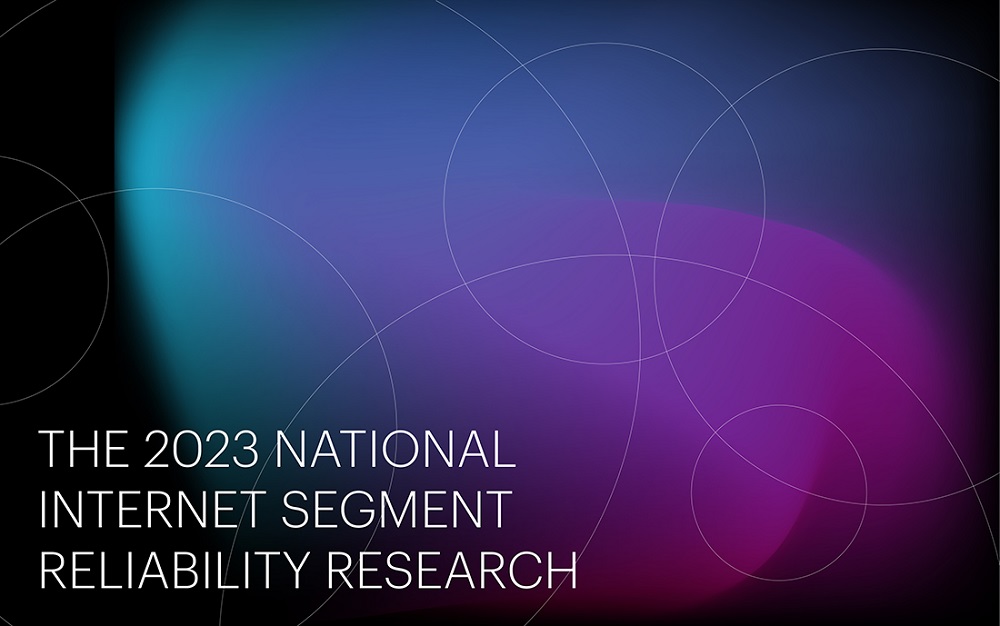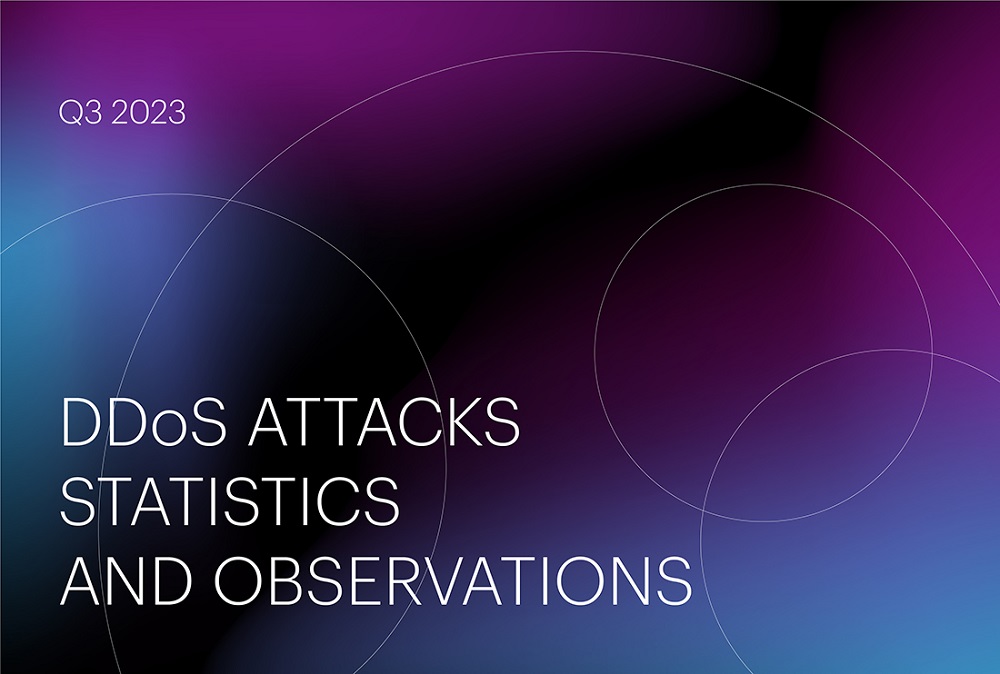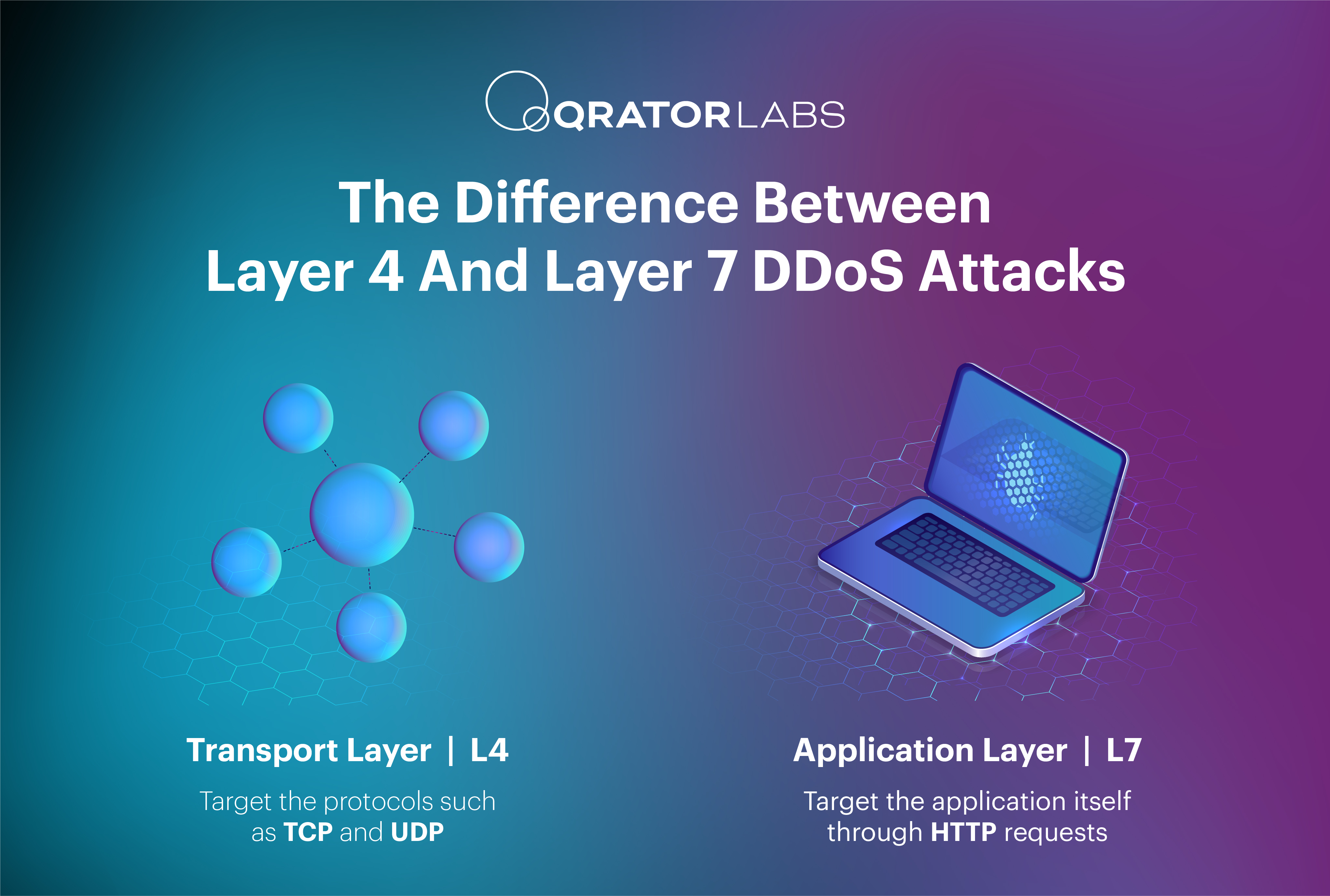
Learn about the distinct methodologies and impacts of layer 4 and layer 7 DDoS attacks, from SYN floods and UDP floods at the transport layer to HTTP floods and Slowloris attacks at the application layer. Understand how cybercrime services like booters facilitate these attacks and explore notable case studies, including the Dyn and GitHub incidents.

